2018 Call for Nominations
“I won the Geoffrey Barker Medal in 1994 and was particularly delighted partly as this was one of the first times my work had been recognized in this way and also because my former supervisor, John Albery, was a previous winner.”
– ECS member Richard G. Compton, University of Oxford
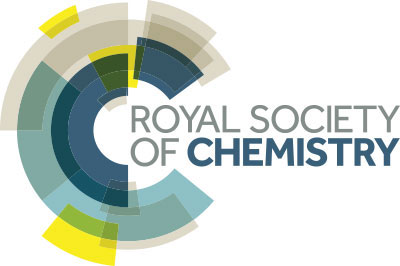 This is the formal call for nominations for the Geoffrey Barker Medal of the RSC Electrochemistry Group for 2018.
This is the formal call for nominations for the Geoffrey Barker Medal of the RSC Electrochemistry Group for 2018.
The Geoffrey Barker medal is currently awarded on a roughly biennial basis by the Royal Society of Chemistry Electrochemistry Group to an electrochemist working in the UK or Ireland in recognition of their contributions to any field of electrochemistry. These contributions should be recognized internationally, and should strengthen the standing of UK and Irish electrochemistry.
Detailed information about the award, nomination procedure and required material can be found on the award website.
Nominations should be directed to the Group Secretary, Dr. Mark Symes, via email. The nomination deadline is 17:00 GMT on January 31, 2018.


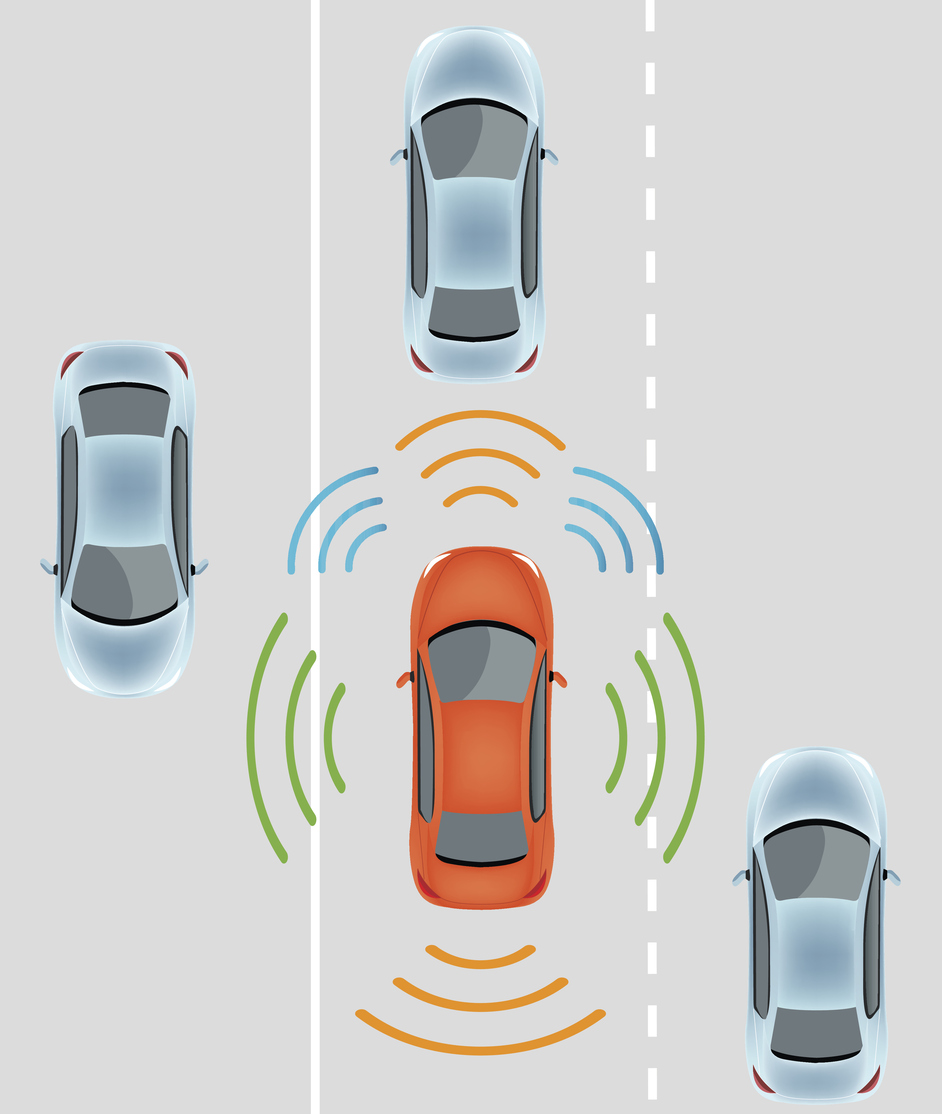 In early November, a
In early November, a  A nanoparticle that can help clean water of cadmium becomes toxic once taking in the metal. But research finds that organic matter, in this case from algae, reduces that toxicity.
A nanoparticle that can help clean water of cadmium becomes toxic once taking in the metal. But research finds that organic matter, in this case from algae, reduces that toxicity. The aviation industry produces
The aviation industry produces 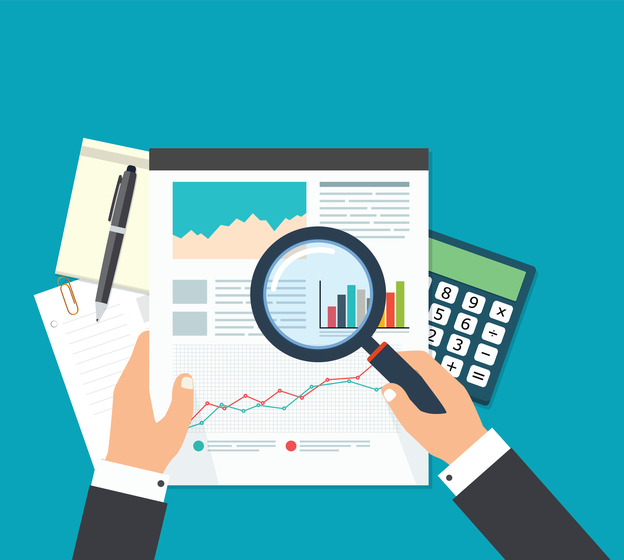 On November 14, 2017, Clarivate Analytics published its annual list of Highly Cited Researchers with the overarching declaration that “whether ‘Highly Cited’ or ‘Hot,’ these researchers are making a significant impact.”
On November 14, 2017, Clarivate Analytics published its annual list of Highly Cited Researchers with the overarching declaration that “whether ‘Highly Cited’ or ‘Hot,’ these researchers are making a significant impact.” Researchers have traced the paths of three water channels in an ancient photosynthetic organism—a strain of cyanobacteria—to provide the first comprehensive, experimental study of how that organism uses and regulates water to create energy.
Researchers have traced the paths of three water channels in an ancient photosynthetic organism—a strain of cyanobacteria—to provide the first comprehensive, experimental study of how that organism uses and regulates water to create energy.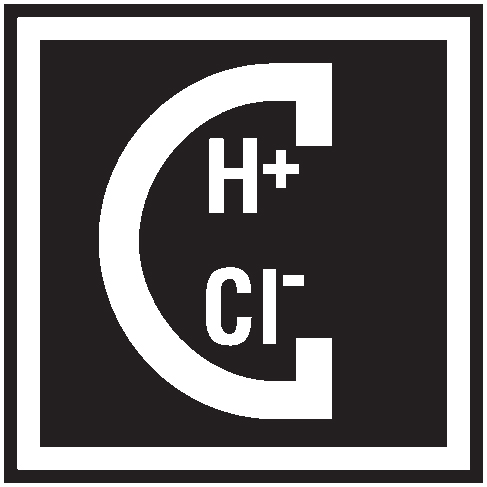 The ECS Corrosion Division is currently accepting nominations for the following two awards:
The ECS Corrosion Division is currently accepting nominations for the following two awards: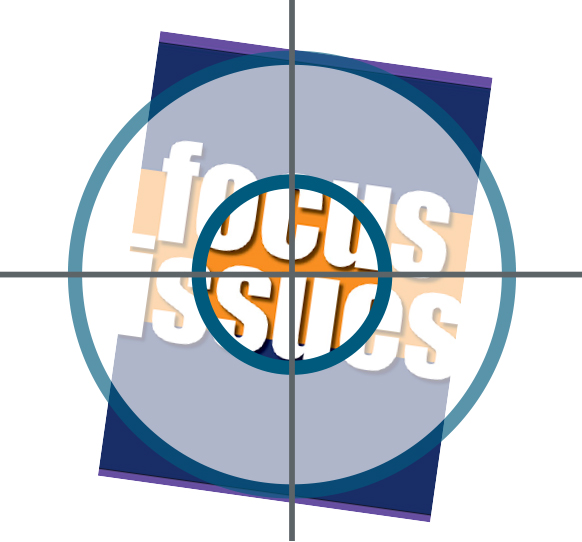 Submit your manuscripts to the ECS Journal of Solid State Science and Technology (JSS)
Submit your manuscripts to the ECS Journal of Solid State Science and Technology (JSS)